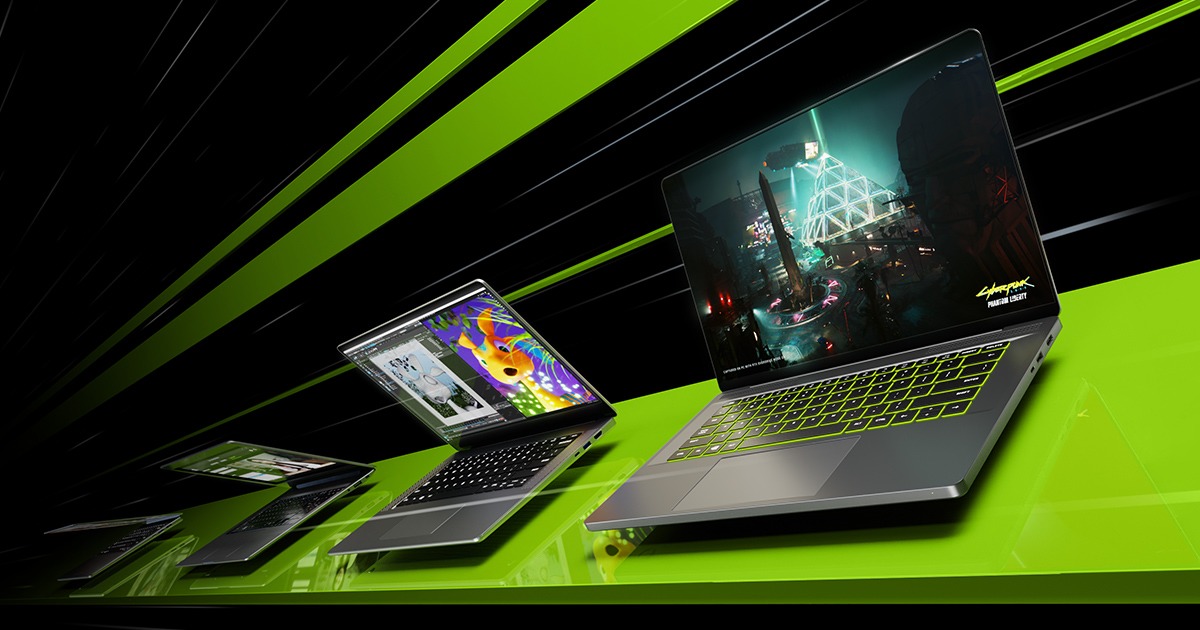
The first Geekbench 6 results (via BenchLeaks on X) for Nvidia’s RTX 5090 laptop GPU are here. They show extremely poor performance consistency, though that's hardly surprising considering the early nature of the hardware and the test application.
The RTX 5090 laptop GPU was tested in Geekbench’s GPU Vulkan compute benchmark and ran on MSI’s Vector 17 HX AI laptop, which also features a Core Ultra 9 275HX. The machine was tested five times in about ten minutes, which is usually a good time for reasonably consistent performance in a scored test... assuming there are no other factors. But in this case, there are a lot of questions.
The RTX 5090 laptop GPU scored between 51,831 and 114,821 points on the Vulkan test. According to Geekbench's data, the RTX 4090 laptop GPU has an average performance of around 167,577 points. These leaked RTX 5090 laptop GPU results are all over the place, and that could stem from drivers, power, or other factors.
The performance of run four was over twice as much as what the RTX 5090 laptop GPU achieved in the first run. While nothing seemed to change concerning the CPU or the Windows power plan (it was set to the balanced profile), that doesn't mean whoever was running the unsanctioned benchmarks wasn't also running background tasks, or unplugging the laptop, or perhaps just getting poor results from early drivers. There's no concrete evidence of what happened with Nvidia’s flagship laptop GPU in this specific batch of benchmarks, but large caveats need to be applied.
Interestingly, runs one to four gradually increase the score, and then run five shows a score almost the same as run two. It’s plausible that the user was flicking through different profiles between each run. These profiles may not even alter anything related to Windows’ power plan settings, which Geekbench refers to when collecting power plan data; that all five runs used the balanced power plan may not mean anything.
Inconsistent performance can be a symptom of immature drivers and poor optimization. Considering the RTX 5090 laptop chip is slated for a March release, there's plenty of time for Nvidia's drivers to improve. It's also in a laptop, so adjusting firmware and balancing the power use of the CPU, GPU, and other elements can yield very different results. While we’d expect Nvidia’s drivers to be in a good place for the soon to be launched desktop 5090 and 5080 cards, the laptop situation is another beast entirely.
Perhaps whoever tested the device was playing around with different performance profiles that MSI offers through its custom software. The RTX 5090 laptop GPU ranges from 95 to 150 watts, so the GPU would likely perform very differently depending on its power limit. And again, this is Geekbench; it's a relatively small and limited synthetic benchmark where minor driver tweaks can have a massive impact on the results. There's no reason the mobile 5090 should fall far below the mobile 4090 if everything is working as expected.
For now, we only have the benchmark scores and a little extra testing data, so we'd have no idea if there were some cooling issues, buggy firmware, or something else at play. Whatever the root cause, it's pretty pointless trying to dissect these early results. What we do know is that the published Mobile RTX 50-series specifications show 10496 CUDA cores and 82 Blackwell SMs, while the mobile 4090 has 9728 CUDA cores and 76 Ada SMs. Sticking with FP8 AI TOPS, the 4090 has up to 686 TOPS versus up to 912 on the 5090, so we should expect to see about 33% higher performance from the newer chip when it launches.
Consider these results more an indication that laptops with RTX 50-series will be coming in about two months, and that Geekbench performance rankings are mostly meaningless, rather than any sort of verdict on how MSI's upcoming laptop and the mobile 5090 will actually run.







